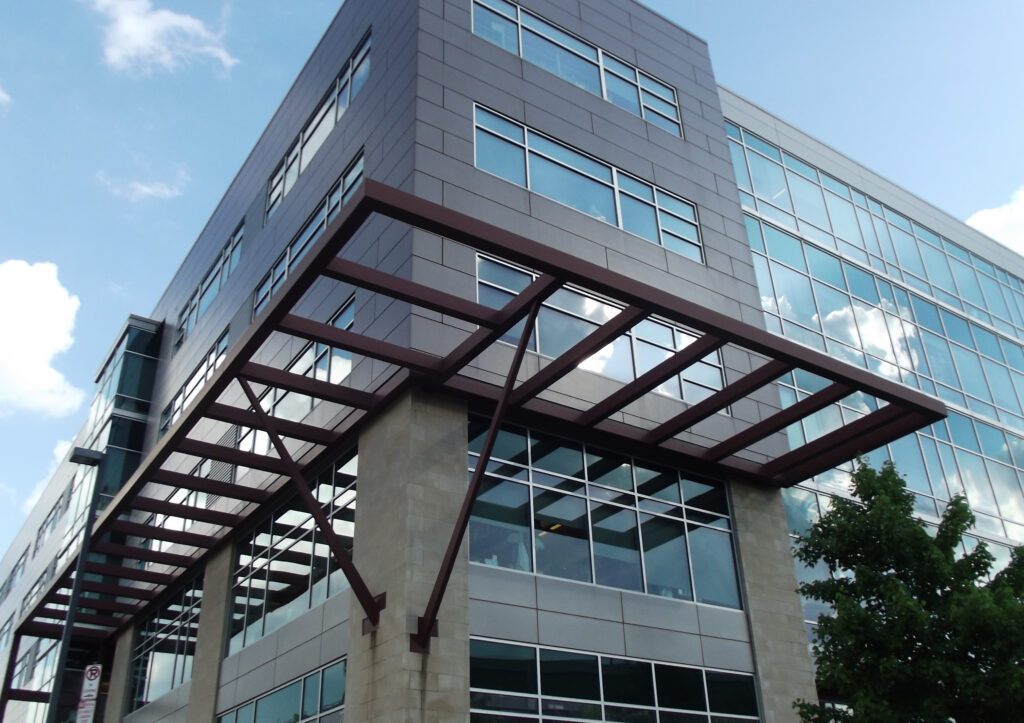
Pittsburgh, PA (January 11, 2024): Nestled within the prestigious University of Pittsburgh and UPMC, the McGowan Institute for Regenerative Medicine (MIRM) continues to push the boundaries of medical science, offering glimpses of a future where damaged tissues and organs could be repaired or even regenerated.
Established in 1992, MIRM has become a global leader in this dynamic field, boasting a confluence of world-renowned researchers, cutting-edge technology, and an unwavering commitment to translating breakthroughs from the lab to the bedside.
Current Program
The McGowan Institute focuses on bringing the scientific results of its affiliated faculty into the clinical setting. It does this by using tissue engineering, cell-based treatments, medical devices, and artificial organs to address tissue and organ insufficiency. The McGowan Institute is:
- Creating and disseminating papers, training, and educational resources on regenerative medicine;
- Developing and implementing treatments that restore tissue and organ function;
- Encouraging and advancing the commercialization of regenerative medicine-related technology.
Research Pillars Driving Innovation:
MIRM’s research revolves around three core pillars:
- Medical Devices and Artificial Organs: This team focuses on developing devices that restore functionality to failing organs, like biocompatible pumps for heart failure or artificial lungs for patients suffering from severe respiratory issues. Recent highlights include a successful trial of a new biohybrid kidney device offering potential for dialysis-free life and the development of a miniaturized lung-on-a-chip platform to accelerate drug discovery for pulmonary diseases.
- Tissue Engineering and Biomaterials: This area explores the creation of biocompatible materials and scaffolds that guide tissue regeneration. Researchers are currently making strides in engineering 3D-printed skin for burn victims, bioresorbable bone implants for fractures, and vascular networks for promoting tissue growth.
- Cellular Therapies: Here, scientists harness the power of stem cells and other therapeutic cells to treat diverse conditions. Ongoing research includes using CAR-T cell therapy to combat cancer, mesenchymal stem cells to alleviate inflammatory diseases, and induced pluripotent stem cells to model and study complex human diseases.
Related Article: Universities to provide more radiation therapy educational places in response to a lack of staff
Clinical Translation: MIRM:
A unique aspect of MIRM is its emphasis on bridging the gap between laboratory discoveries and clinical applications. The institute boasts a dedicated team of physician-scientists and clinical trial specialists who work closely with researchers to ensure timely and effective translation of findings into patient care. This rapid advancement from bench to bedside sets MIRM apart from many other research institutes.
Recent Breakthroughs and Future Horizons:
- In a landmark study published last month, MIRM researchers demonstrated the successful generation of functional mini-livers using human stem cells, paving the way for future treatments for liver diseases.
- Another exciting development is the ongoing collaboration with industry partners to develop a bioartificial pancreas implant for patients with type 1 diabetes, potentially eliminating the need for insulin injections.
- Looking ahead, MIRM scientists are actively exploring the potential of gene editing technologies like CRISPR-Cas9 to treat genetic disorders and personalized medicine approaches to tailor treatments to individual patients.
Challenges and Opportunities:
Despite its remarkable progress, MIRM faces challenges – securing funding for complex research endeavors and navigating the regulatory landscape for novel therapies. However, the institute’s unwavering commitment to its mission, coupled with the talent and dedication of its scientists and collaborators, inspires optimism for the future.
The McGowan Institute for Regenerative Medicine stands as a beacon of hope, promising a future where once-incurable diseases may be treated and organs even regenerated. As research continues to break new ground, one thing remains certain: MIRM is at the forefront of this revolution, shaping the landscape of medicine and offering a glimpse into a healthier tomorrow.
Additional Resources:
- McGowan Institute for Regenerative Medicine website: https://mirm-pitt.net/
- UPMC Regenerative Medicine: https://www.upmc.com/services/regenerative-medicine/treatments
- Recent MIRM research news: https://mirm-pitt.net/
This article is intended for informational purposes only and should not be construed as medical advice. Please consult your healthcare provider for any medical concerns.
Sources:
https://en.wikipedia.org/wiki/McGowan_Institute_for_Regenerative_Medicine
https://bard.google.com/
